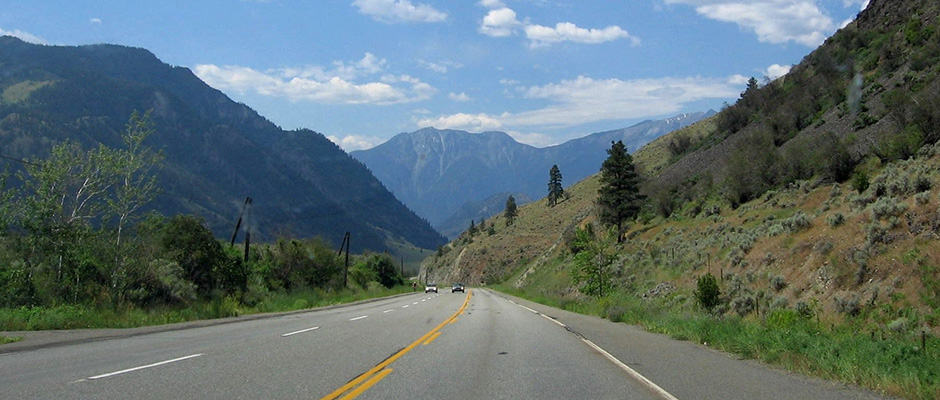Share this article
British Columbia Launches New Program to Reduce Wildlife Collisions
The East Kootenay region of British Columbia is no stranger to wildlife collisions with vehicles.
In fact, in a typical year in British Columbia, more than 6,000 animals are killed by vehicles and over 18,000 animal deaths go unrecorded, according to the Wildlife Collision Prevention program — an initiative formed between the British Columbia Conservation Foundation and the Insurance Corporation of British Columbia, to reduce wildlife collisions. But, as part of the B.C. Government’s new “B.C. on the Move” program, wildlife will get a better chance at steering clear of vehicle collisions.
The 10-year transportation plan, developed in 2014, aims to improve the province’s transportation system. The plan will address wildlife collisions — a major problem in the region — starting with Highway 3, which runs east from a district municipality called Hope, close to Vancouver, almost all the way to the Alberta border, about 520 miles away.
“The area we’re working on is in the Southeast corner Kootenay region that we call the Serengeti of North America because it’s full of elk and deer and moose,” said B.C. Minister of Energy and Mines Bill Bennett. “There is a very high incidence of wildlife vehicle collisions here because it’s a very busy highway and there’s lots of wildlife.”
In addition, B.C.’s government has invested $75 million on a new Road Safety Improvement Program that will occur over the next three years and is part of the 10-year transportation plan. As part of the program, the government will install two high-tech detection systems early this summer on a section of Highway 3 that sees the highest number of animal collisions. Although government officials have yet to choose the technology, the detection system might use radar infrared cameras or break-the-beam sensors that send infrared, microwaves or lasers to a receiver that senses the presence of large animals coming toward the road and triggers signs to light up and notify drivers of the animals. Depending on the success of the new technology, the transportation ministry will consider expanding the system in the East Kootenay to help reduce the overall number of wildlife collisions on the road.
In a similar effort to curb wildlife collision problems in Canada, a Parks Canada-Canadian Pacific Railway joint action plan is in its final year of determining the success of using electric fences that shock wildlife on high-risk sections of railway lines.
Officials at Parks Canada are studying bears and their responses to electric shocks, according to Rick Kubian, research conservation manager with Parks Canada. Kubian said electro-mats, which give wildlife a slight shock but don’t harm them, are a possible technique to prevent wildlife from approaching railway lines.
As for B.C.’s “B.C. on the Move” plan, the pilot project will give the government insight into the success of the detection technology and how to move forward to further decrease wildlife vehicle collisions.
“This will give wildlife an opportunity to be seen before it’s too late,” Bennett said. “White tail deer, mule deer, grizzly bears, moose and black bears — they all get hit, especially at night. It’s next to impossible not to see an animal that’s been hit on the road. This will definitely help us save the lives of a lot of wildlife.”
Header Image:
British Columbia’s “On the Move” program aims to make the transportation safer in B.C. As part of the plan, the Ministry of Transportation plans to pilot new wildlife detection technology on Highway 3 to reduce wildlife collisions on the road.
Image Credit: Marcin Chady via Flickr








